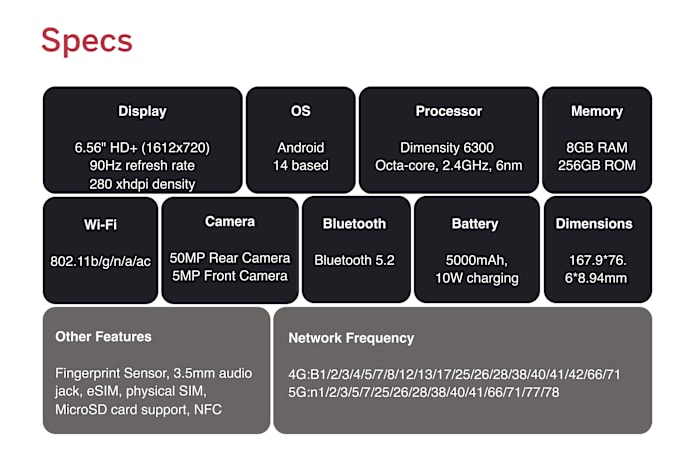Regarding SDR, there's a variety of software for different purposes, but some good starting points I can think of are:
Gqrx is great for receiving and listening. Other options are available.
GNU Radio was used for making Gqrx. Maybe you could make something with it too? According to themselves, it is a free & open-source software development toolkit that provides signal processing blocks to implement software radios. It can be used with readily-available low-cost external RF hardware to create software-defined radios, or without hardware in a simulation-like environment. It is widely used in research, industry, academia, government, and hobbyist environments to support both wireless communications research and real-world radio systems.
There are also other applications made for encoding and decoding various digital modes, just like the SSTV apps for Android, but I don't remember their names right now. I remember that some of them work by decoding the demodulated audio (e.g. audio output from Gqrx or a signal from an external source) so for some of those you will probably need some audio routing software, as these are not made for the receiving or transmitting radio but just for encoding/decoding digital modes to/from audio.
Since I've only had receivers, I'm unsure what the coolest software for modulation and transmission is, but here's at least something to get you started with SDR reception.

There's an entire DVD included! Is the installer for LibreOffice really bigger than the 700 MB of a CD? I don't think so. They probably went with a DVD instead of a CD to make space for all the free internet minutes and 3000+ clipart images!